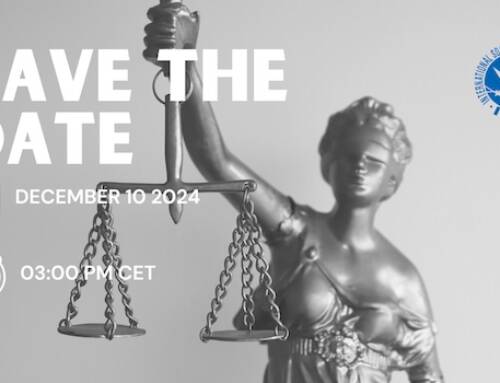World

Child Labour and the Supply Chain Act
Child labour is concentrated in the world’s poorest countries
World Day against Child Labour: The day reminds us of some actions against individuals, organisations, and governments to take decisive measures to combat child labour and spread awareness about it.
Child labour is a widespread problem that continues to persist in many parts of the world. Children are often forced to work in dangerous and exploitative conditions, robbing them of their childhood, education, and ultimately their future.
The term “child labour” is often defined as work that deprives children of their childhood, their potential and their dignity, and that is harmful to physical and mental development. It refers to work that: is mentally, physically, socially or morally dangerous and harmful to children; and/or interferes with their schooling by: depriving them of the opportunity to attend school; obliging them to leave school prematurely; or requiring them to attempt to combine school attendance with excessively long and heavy work.
The worst forms of child labour involves children being enslaved, separated from their families, exposed to serious hazards and illnesses and/or left to fend for themselves on the streets of large cities – often at a very early age.
Whilst child labour takes many different forms, a priority is to eliminate without delay the worst forms of child labour as defined by Article 3 of ILO Convention No. 182 :
- All forms of slavery or practices similar to slavery, such as the sale and trafficking of children, debt bondage and serfdom and forced or compulsory labour, including forced or compulsory recruitment of children for use in armed conflict;
- The use, procuring or offering of a child for prostitution, for the production of pornography or for pornographic performances;
- The use, procuring or offering of a child for illicit activities, in particular for the production and trafficking of drugs as defined in the relevant international treaties;
- Work which, by its nature or the circumstances in which it is carried out, is likely to harm the health, safety or morals of children (“hazardous child labour”, see below)
Child labour is often prevalent in industries such as agriculture, textiles, and mining, where children are forced to work in hazardous and often life-threatening conditions. For companies that produce or sell goods from these industries, it is important to take extra steps to ensure that child labour is not being used in any part of their supply chain.
The supply chain act is a set of regulations that require companies to take responsibility for the entire lifecycle of their products, including the suppliers they work with. This act can help companies eliminate child labour by ensuring that the raw materials and products they use in their operations are ethically sourced and manufactured.
The supply chain act requires companies to identify and assess the risks of human rights abuses in their supply chains. This includes examining the labour practices of their suppliers and making sure that there is no child labour involved. Companies are also required to implement policies and procedures to prevent and address any human rights abuses in their supply chains, including child labour.
For example, a company that produces clothing must ensure that its suppliers do not use child labour in any aspect of the production process, from the growing of the cotton to the manufacturing of the final product. Companies must also provide training and resources to their suppliers to help them comply with these regulations and to prevent unwanted practices such as child labour.
The supply chain act helps to protect children from exploitation and provides a safeguard against companies that may be indirectly involved in child labour. By taking a comprehensive approach to monitoring their supply chains, companies can ensure that they are contributing to a healthier and more sustainable future.
In conclusion, the supply chain act plays a vital role in combating child labour and ensuring that companies are held responsible for their actions. While it may take additional effort to monitor and enforce these regulations, the benefits are clear: protecting children’s rights and creating a more ethical and sustainable business environment. Companies must take their responsibilities seriously and work to eliminate child labour from their supply chains.






